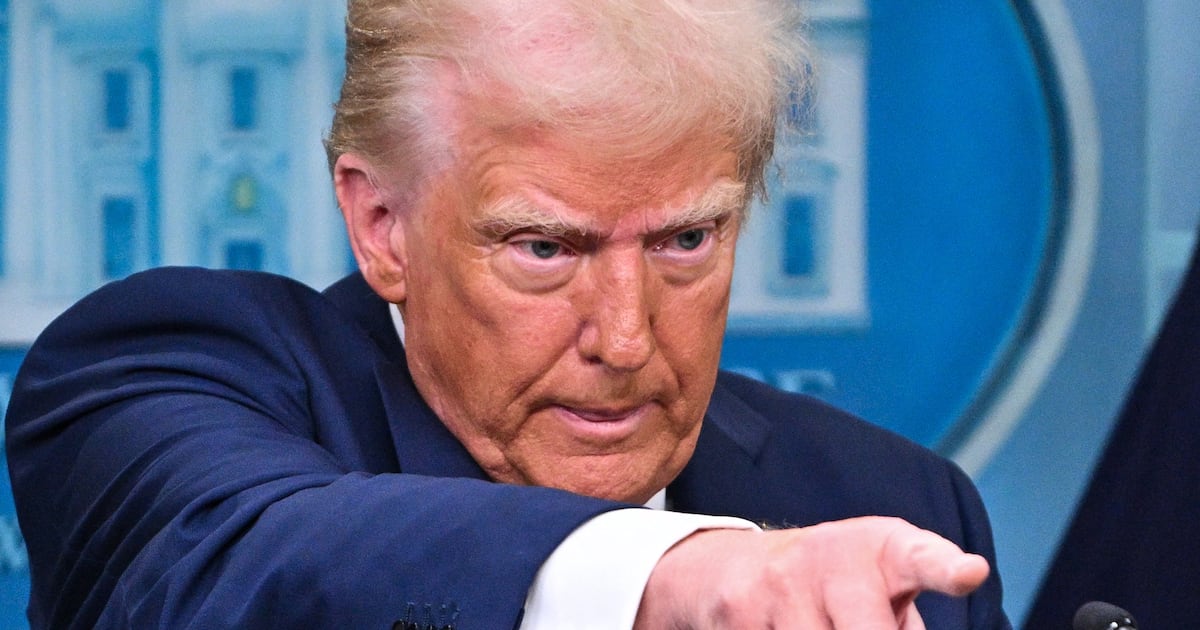- cross-posted to:
- [email protected]
- cross-posted to:
- [email protected]
Summary
The Trump administration emailed air traffic controllers urging them to quit and accept buyouts 24 hours after a fatal Reagan plane crash.
At 8:30 p.m. Thursday, the email urged federal employees to pursue private-sector jobs, offering pay incentives and vacation benefits while on government payroll.
This program contradicts established rules by allowing second employment, sparking union concerns about losing experienced personnel amid an air traffic controller shortage.
Trump blamed previous administrations for safety issues and misrepresented FAA standards, intensifying culture wars as officials remain uncertain about the buyout program’s future.



This one doesn’t look like it’s on the FAA or the controller.
The controller was aware of the possible conflict, informed the helicopter pilot - twice. And twice, the helicopter pilot informed the ATC that they had the conflicting traffic in sight, and requested permission to maintain their own, visual separation from that conflicting traffic.
What seems to have happened is that the helicopter pilots saw a second jet in the distance, landing on another runway. They probably thought that second jet was the conflicting traffic, and they never actually saw the first.
Additionally, the helicopter pilots were supposed to be in an established track on the east side of the river, no higher than 200 feet. Aircraft on final approach descend from east to west as they cross the river; there is more vertical clearance on the east side, but the helicopter was closer to the west side of the river. Further, the helicopter was flying at 300 feet, rather than 200.
I don’t want to disparage the helicopter pilot(s), but from what I see right now, this seems to be primarily on them. They requested permission to (and responsibility for) maintaining separation - twice. This collision is primarily their responsibility.
I take extreme issue with you claiming primarily. It is ALL on the military pilots. As you stated. They didn’t respond properly. Were in an area that was not allowed. And lied twice to air traffic control because of their lack of knowledge.
We do not have the full evidence available. I am comfortable at this time assigning primary responsibility to the helicopter pilot only because they specifically accepted that responsibility by requesting (and accepting) permission to maintain visual separation.
I cannot rule out contributing factors. For example, the jet might have been below the glideslope; they might have both been in the wrong place. I don’t have the information one way or another to confirm that.
There could be regulatory factors: it might have been improper for the FAA to establish that area as a helicopter route. It might have been improper for the ATC to grant permission for the helicopter to maintain visual separation under these conditions. There might have been electronic failures, preventing the aircraft from being aware of eachother. There could have been mechanical failures at a critical moment. The TCAS system might have recognized the conflict, but it is automatically inhibited below 1000 feet. The decision to inhibit TCAS RAs at 1000 feet instead of, say, 600 feet might have contributed.
With all the possible contributory factors, I cannot agree with your conclusion that it is “ALL on the military pilots.”
This is a fair and valid assessment. Sorry for my callousness.
Not a problem. FWIW, I’m not trying to excuse the pilots. The purpose of an FAA/NTSB investigation shouldn’t be to assign blame, but to prevent future incidents. Preventing the type of error the helicopter pilots made is probably not possible, which means it’s either going to happen again the next time such an error is made, or we make it so that making such an error doesn’t result in a collision.
Safety and prevention are matters for the FAA and NTSB. Blame and liability are matters for the courts.
There’s still an NTSB?
(Not sure if serious.)
This guy controls lol
VASAviation. They put out youtube videos of all kinds of interesting ATC comms and flight tracks.
Technically, I’m a pilot as well, but balloon pilots don’t typically talk to ATC very often.